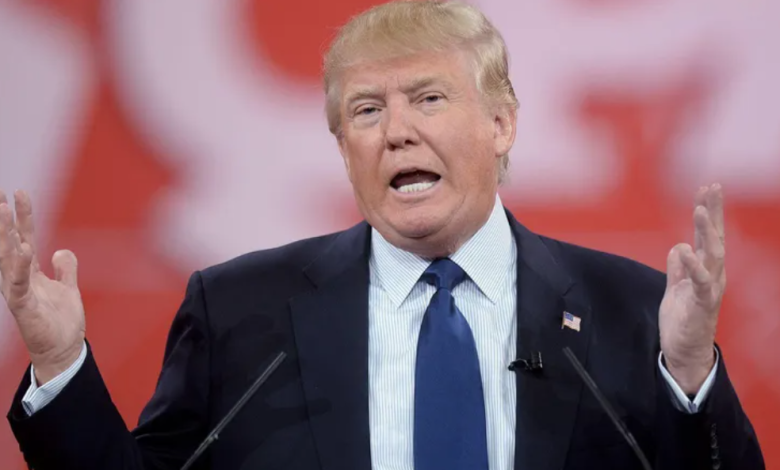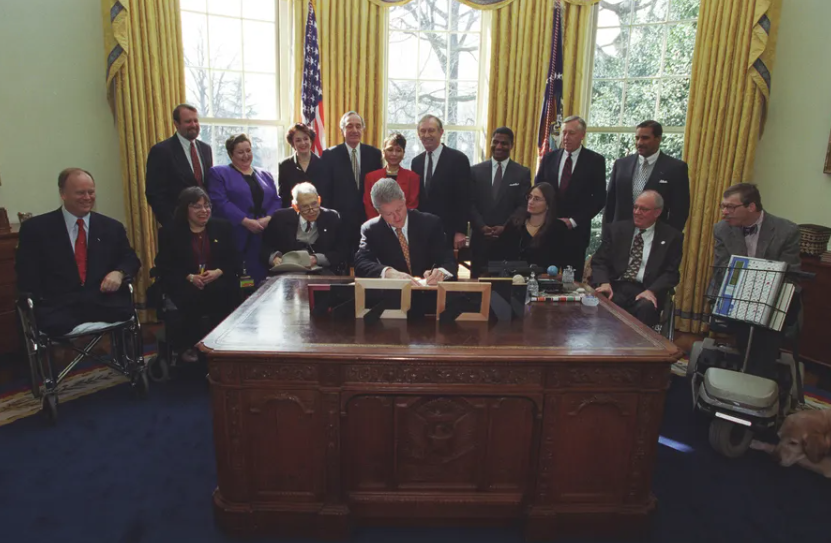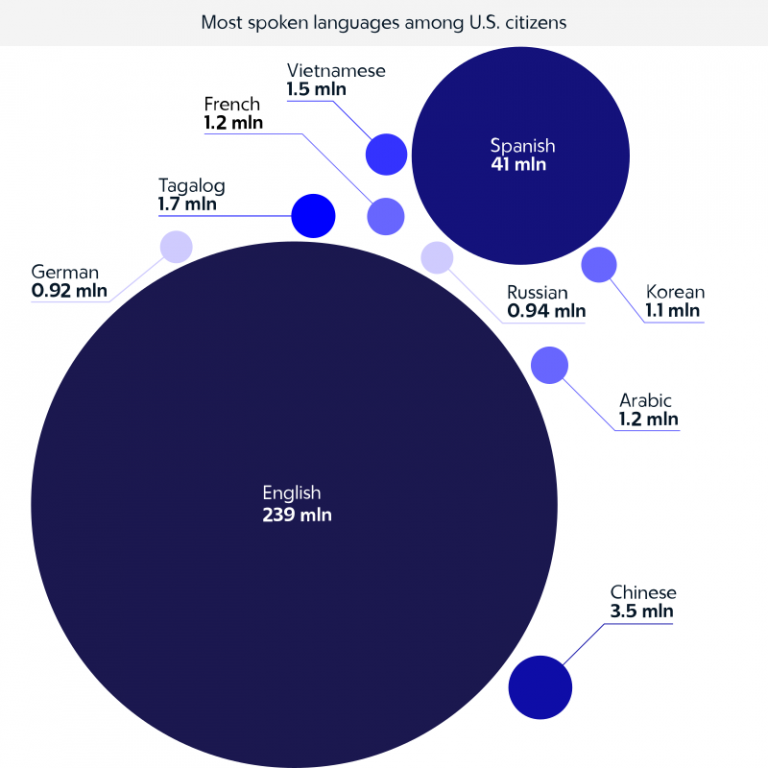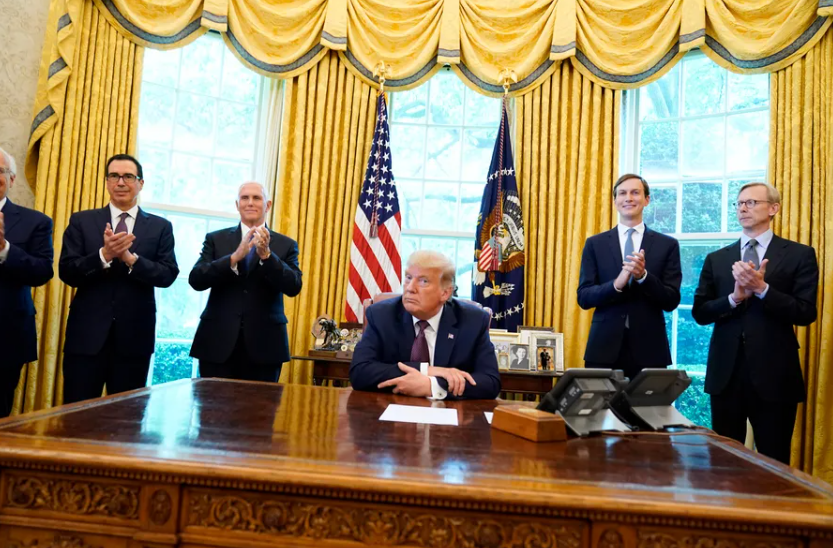Breaking: Trump About to Make English the Official Language of the United States

President Donald Trump is preparing to sign an executive order declaring English as the official language of the United States. This landmark decision, expected to be finalized on Friday, marks the first time in the nation’s nearly 250-year history that a national language will be officially recognized.
Impact on Non-English Speakers
With millions of Americans speaking languages other than English, this move is expected to have far-reaching effects on communities across the country. While some view it as a step toward national unity, others see it as a policy that could create barriers for non-English speakers.
A Move for Unity or Division?
The executive order aims to promote a shared language among Americans, encouraging immigrants and non-English speakers to adopt English as their primary mode of communication.
According to a White House statement, the policy recognizes and honors multilingual Americans who have learned English and passed it down to future generations. It also seeks to support newcomers in their efforts to integrate into American society.
However, the order will repeal a 2000 directive issued by former President Bill Clinton, which required federal agencies and federally funded programs to provide language assistance for non-English speakers. Critics argue that this could limit access to vital services, particularly in linguistically diverse states like New York, where more than 200 languages are spoken.
Changes for Federal Agencies
Although English will be designated as the official language, the order does not prohibit the use of other languages. Federal agencies will still have the flexibility to provide multilingual services when necessary.
Departments such as Health and Human Services and the Social Security Administration may continue offering translations and language support for important documents and services.
The White House asserts that this approach balances the goal of promoting English as a unifying language while maintaining the efficiency and accessibility of government operations. However, opponents worry that rescinding Clinton’s mandate could make it more difficult for non-English speakers to access healthcare, legal aid, and other essential services.
A Nation of Many Languages
The United States is home to a vast array of languages, with over 350 spoken nationwide. Spanish, Chinese, Tagalog, Vietnamese, and Arabic are among the most common languages after English.
Additionally, indigenous languages such as Navajo, Cherokee, and Yupik carry significant cultural and historical importance.
Trump’s order points out that nearly 180 countries around the world have an official language, making the U.S. an exception. Supporters believe that adopting English as the official language will enhance national cohesion and assist immigrants in integrating more effectively into American society.
However, critics argue that this decision could alienate non-English speakers and weaken the country’s rich linguistic heritage.
What’s Next?
As President Trump moves forward with this executive order, the debate over language, identity, and inclusion in the U.S. is expected to intensify.
Will this decision unify the country under a common language, or will it widen existing divides? The long-term effects remain uncertain, but one thing is clear: the discussion about language and cultural diversity in America is far from over.







